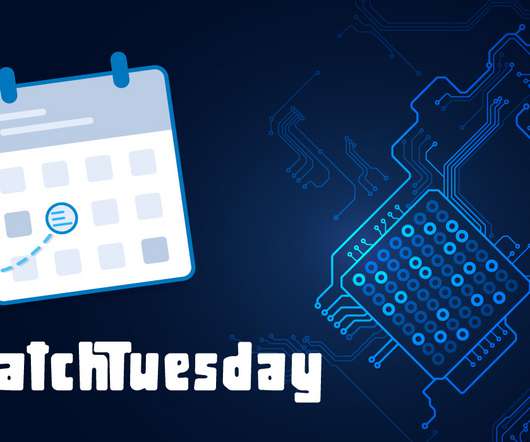Enterprise IT in 2014 – Under-the-Radar Challenges with WAN Bandwidth, BYOD, and XP Security
CTOvision
FEBRUARY 5, 2014
According to the latest statistics on worldwide operating system use, 29 percent are still using the expiring operating system. Microsoft announced on its TechNet blog that it will extend its anti-malware updates a full year, but there is much more to keeping a system secure than current anti-malware.




















Let's personalize your content